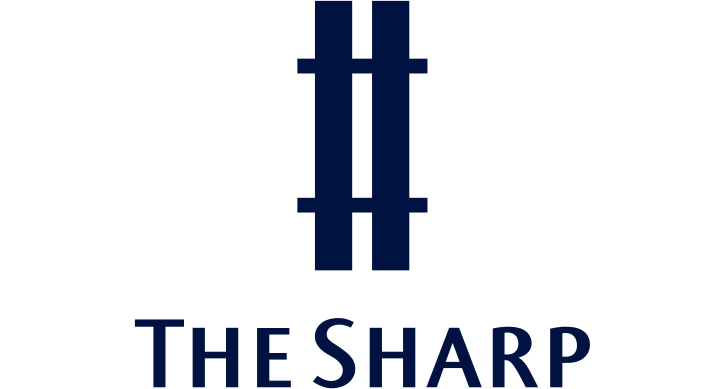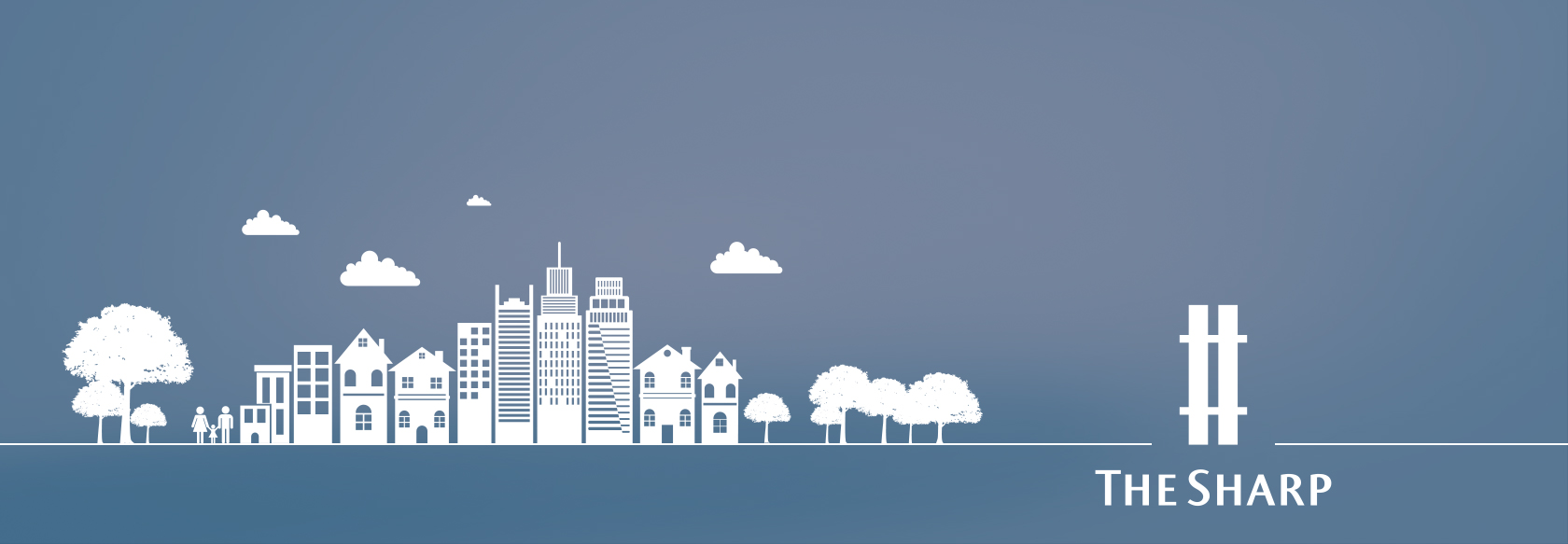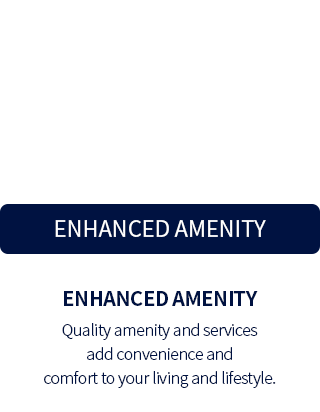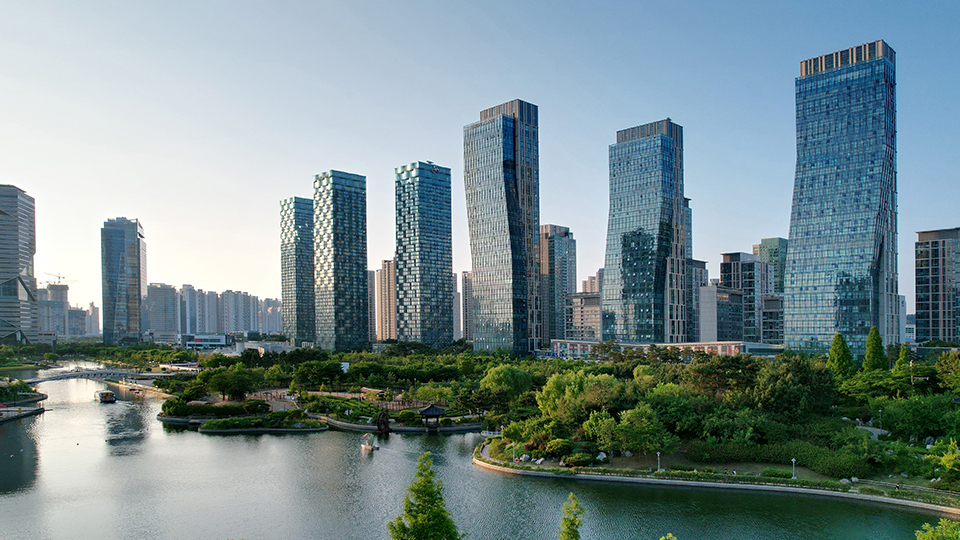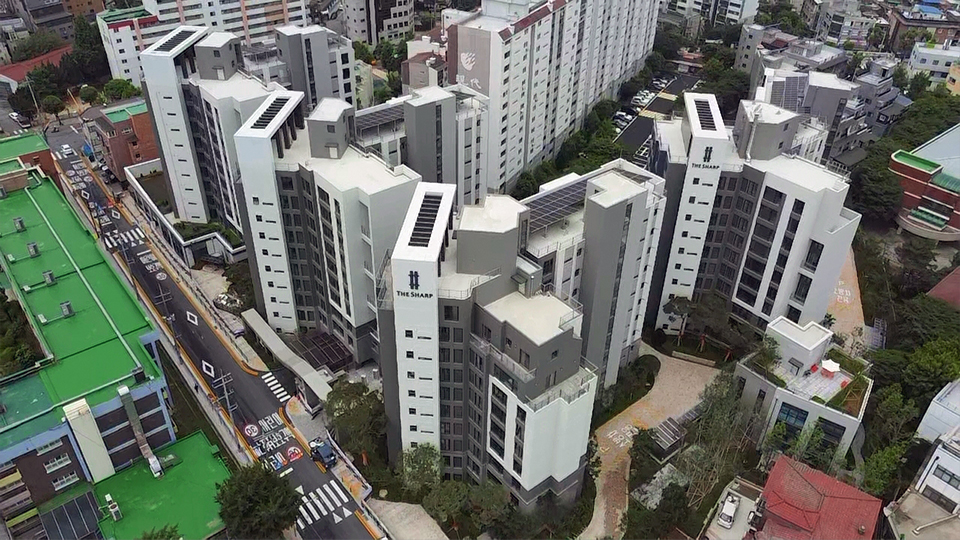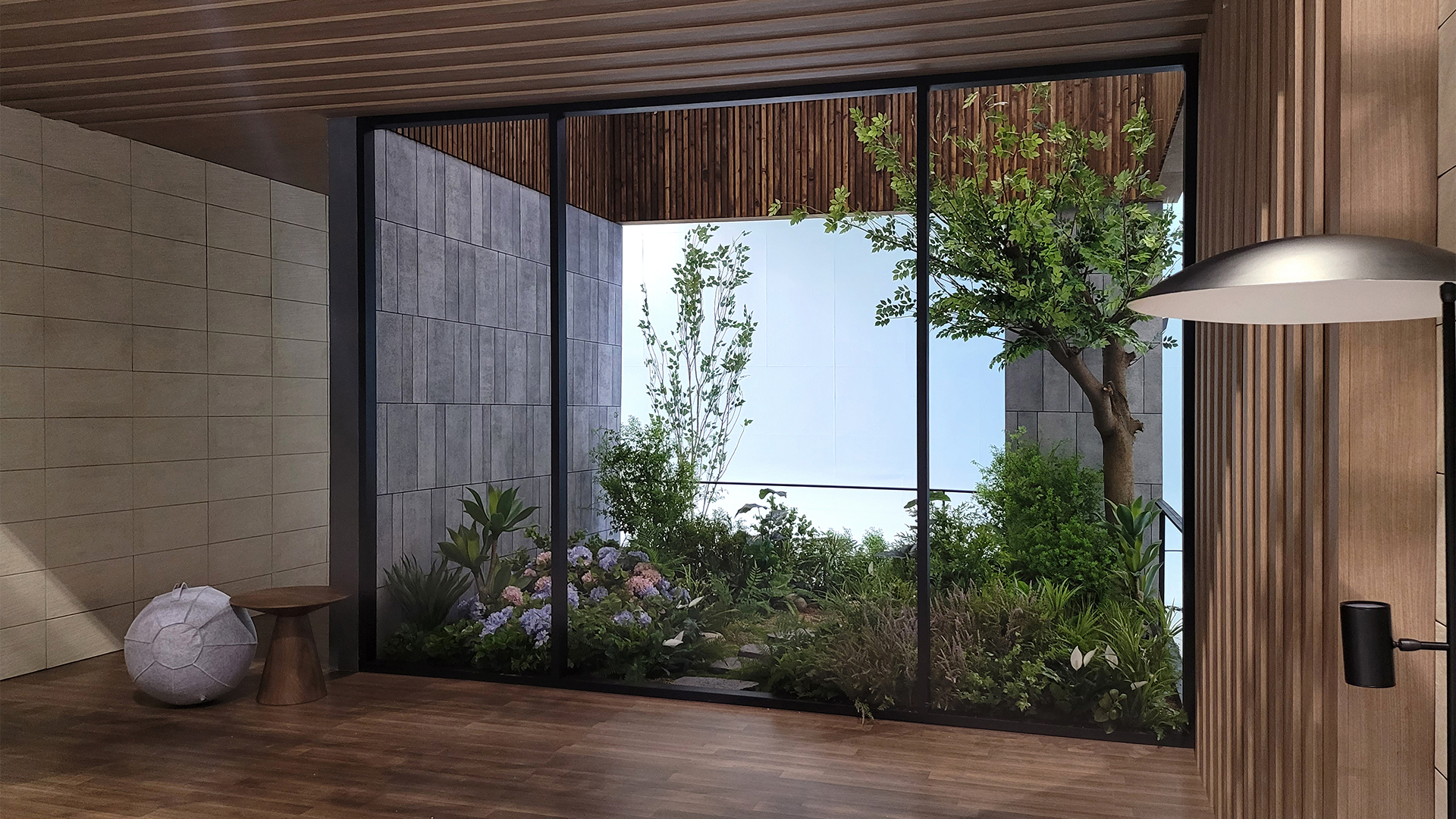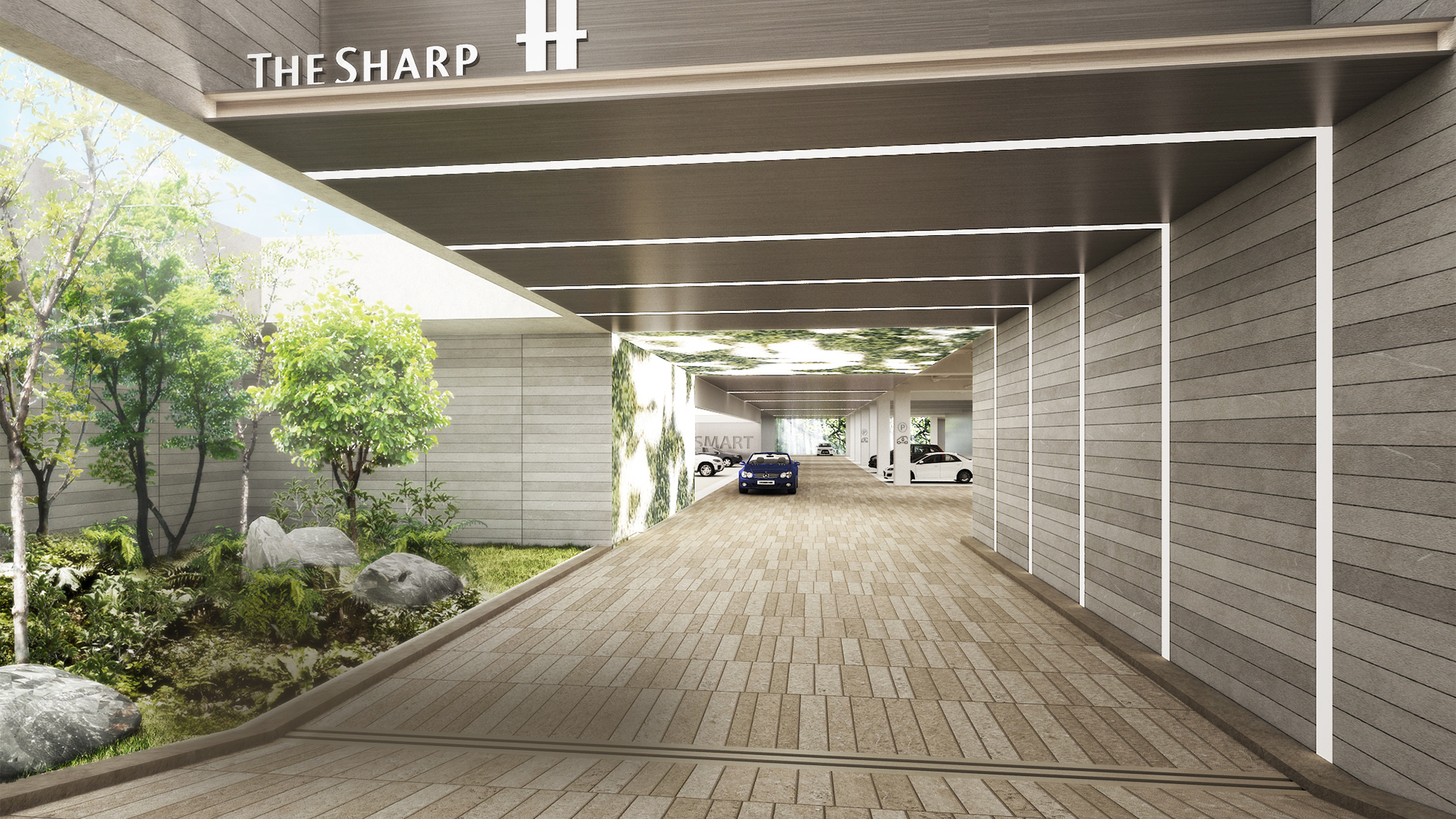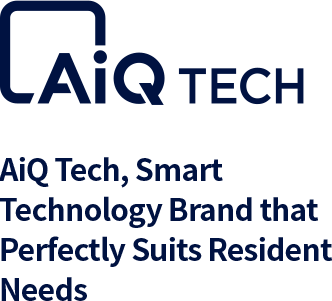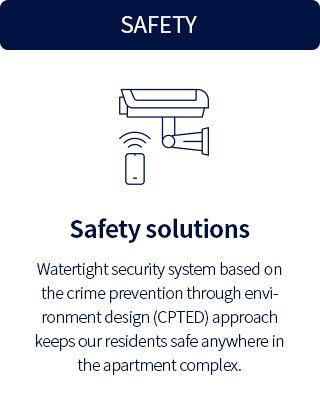THE SHARP Locations
- THE SHARP Trier, Gaepo
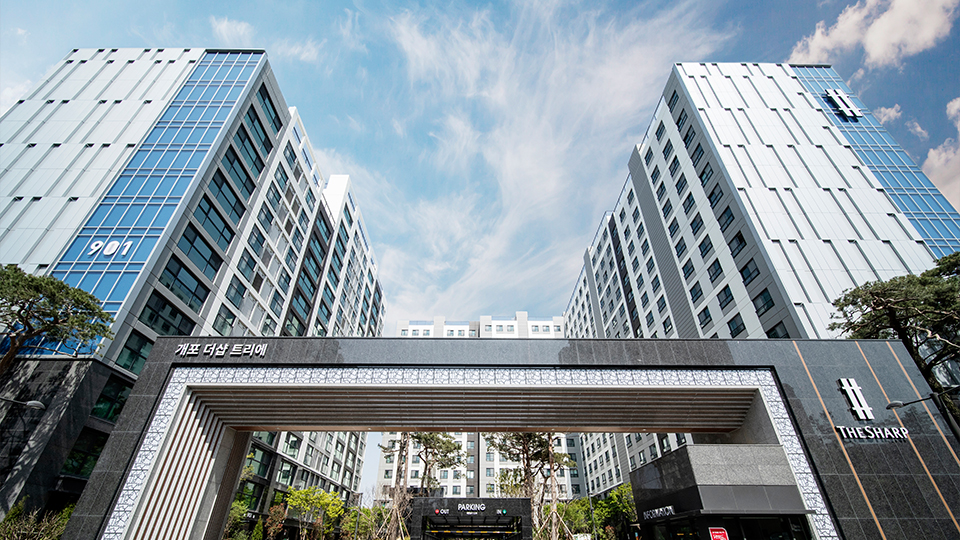
THE SHARP Eco-Friendly Lifestyle
-
- Club THE SHARP
- As close as it gets to nature in urban apartment living.
-
THE SHARP provides a unique "Green Life" experience that extends into the community facilities.
We offer a unique sense of comfort by creating never-before-seen biophilic features through spatial configuration,
step gardens and seamless blending of indoor and outdoor spaces.
These elements deliver differentiated comfort in quality living and design.
-
- Century Garden
- We bring out the inherent beauty of nature and natural gardens.
-
The Sharp brand places the essence of residential living at the center;
based on this philosophy, botanical features from historically significant gardens of the East and the West have been integrated into the landscape.
This attention to detail creates a modern setting that respects nature and its inimitable charm and quality that is enhanced with time.
-
- Biophilic Terrace
- Indoor garden
-
The Biophilic Terrace is an interior design concept that brings nature into your home.
Unlike the typical apartment balcony, this naturalistic landscaping technique introduces outdoor features right into your living area.
The lush landscape of an indoor garden can be viewed from the family room or the kitchen in a sweeping glance.
-
- Biophilic Parking Lot
- Bringing nature into the parking space
-
The Biophilic Parking Lot is an extension of verdant nature.
Rock gardens adorned with a variety of plants invite natural light and wind flow,
inspiring warmth and vitality in the otherwise bare parking facility.
-
- Plantrium
- Community greenhouse and garden
-
Plantrium is a communal greenhouse nestled at the heart of THE SHARP apartment complex.
This green space is designed to allow for maximum sunlight and ventilation,
creating an ideal environment for its green denizens. In an underground garden connected to the greenhouse,
residents can grow vegetables and enjoy casual strolling.
- People-centric Smart Home technologies Enhance Resident Well-being
- THE SHARP apartments are decked with a range of smart home applications such as IoT and big data analytics. These features elevate the quality of life by making the environment more convenient, safe and amenable to promoting healthy living.
- BLUET, Thoughtful Resident Experience Service that Make Ordinary Special
- Named after a family of plants having blue flowers, BLUET is our first-class residential service. We promise to make every day worth celebrating with a bouquet of flowers.
